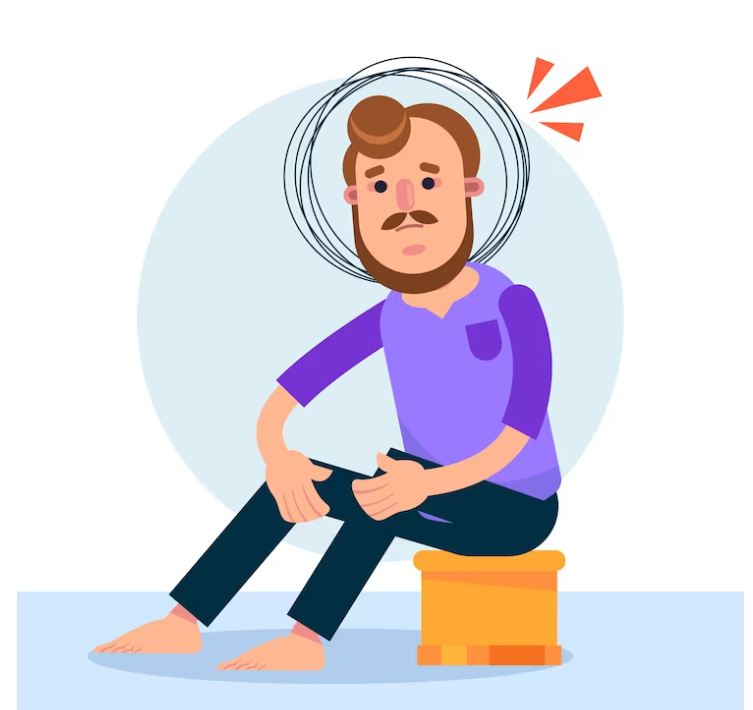
Understanding Stroke in Young Adults: Spotting and Treating Early-Onset Stroke
Introduction:
When we think of strokes, we often picture older adults, but strokes can happen to young people too. Recognizing the signs and understanding the risks are crucial for addressing early-onset stroke. Let’s delve into this important topic in simple terms.
1. Recognizing the Signs
Young adults may not always recognize the signs of stroke, which can include sudden weakness or numbness in the face, arm, or leg, difficulty speaking or understanding speech, vision problems, severe headache, and dizziness or loss of balance. If you experience any of these symptoms, don’t ignore them; seek medical help immediately.
2. Understanding the Risks
While stroke risk increases with age, young adults can still be at risk, especially if they have certain medical conditions or lifestyle factors. Common risk factors for early-onset stroke include high blood pressure, diabetes, high cholesterol, smoking, obesity, excessive alcohol consumption, and illicit drug use.
3. Importance of Seeking Prompt Treatment
Early recognition and treatment of stroke are crucial for minimizing damage to the brain and improving outcomes. If you or someone you know experiences symptoms of a stroke, call emergency services immediately. Time is of the essence when it comes to stroke treatment, so don’t delay seeking help.
4. Long-Term Effects and Rehabilitation
Recovering from a stroke can be a long and challenging process, but with the right treatment and support, many young adults can regain function and independence. Rehabilitation, including physical therapy, occupational therapy, and speech therapy, plays a crucial role in helping stroke survivors recover and rebuild their lives.
5. Prevention is Key
While not all strokes can be prevented, young adults can take steps to reduce their risk. This includes adopting a healthy lifestyle, managing medical conditions such as high blood pressure and diabetes, avoiding smoking and excessive alcohol consumption, maintaining a healthy weight, and staying physically active.
Conclusion:
Stroke can happen to anyone, regardless of age, but recognizing the signs and understanding the risks are crucial steps in addressing early-onset stroke. By knowing the signs, seeking prompt treatment, and taking steps to reduce risk factors, young adults can protect their health and reduce their risk of stroke.
To seek medical advice, always consult a Doctor. Here are our recommended experts. Click here
To read more on Stroke. Click Here


